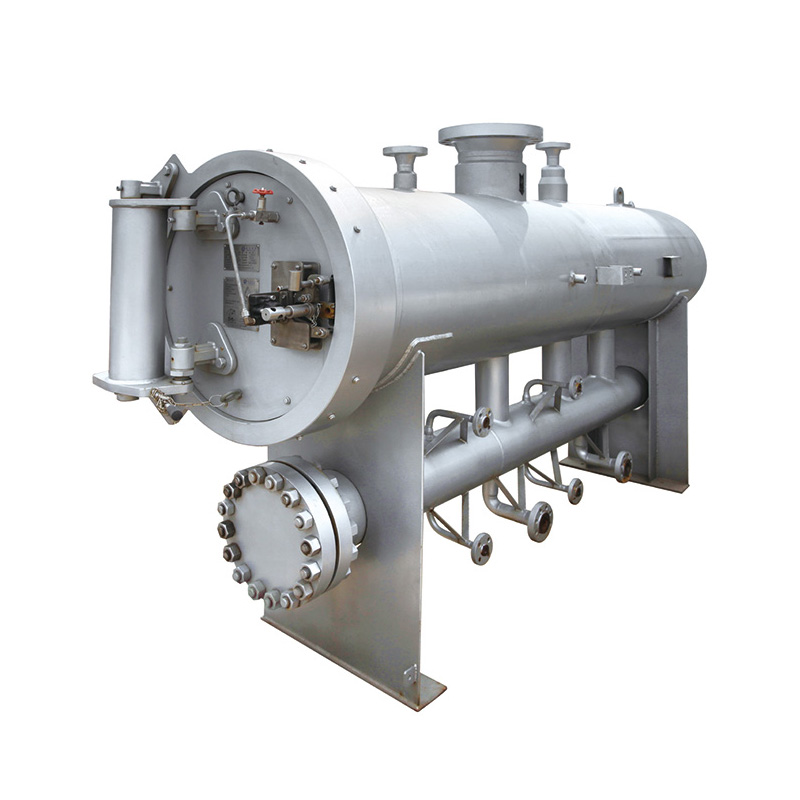
Dec . 04, 2024 16:39
Back to list
Natural Gas Pressure Reduction Valve System Overview and Applications
Understanding Natural Gas Pressure Reducing Valves
Natural gas is a crucial energy source that powers our homes, industries, and vehicles. However, to ensure safety and efficiency in its delivery, the pressure of the gas must be meticulously controlled. This is where natural gas pressure reducing valves (PRVs) come into play. These valves are essential components in the natural gas distribution system, as they regulate and maintain the pressure of gas at a desired level.
The Importance of Pressure Regulation
Natural gas is transported from production sites through pipelines under high pressure to ensure its safe and efficient movement over long distances. Upon reaching local distribution networks, the pressure must be reduced to a safe level suitable for residential and commercial use. Without effective pressure regulation, the high pressure could cause damage to pipelines, appliances, and ultimately pose a safety hazard.
When gas enters a residential area, it typically needs to be reduced from high transmission pressure (which can be several hundred pounds per square inch) to a much lower pressure that can be safely used in homes and businesses. This is where the natural gas pressure reducing valve becomes indispensable.
How Pressure Reducing Valves Work
Pressure reducing valves operate based on a straightforward mechanical principle. They are designed to control and reduce the incoming gas pressure before it enters the downstream system. The working mechanism involves a diaphragm or a piston that moves in response to the pressure changes.
When high-pressure gas enters the PRV, it pushes against the diaphragm, which opens the valve to allow gas to flow. As the pressure on the downstream side drops to the desired level, the diaphragm closes to restrict the flow, maintaining a stable output pressure. This precise control allows PRVs to provide a consistent and safe supply of gas to consumers.
.
Natural gas pressure reducing valves come in various types, each suited for different applications and operational requirements. The most common types include
صمام تخفيض ضغط الغاز الطبيعي

1. Spring-Loaded PRVs These are the most widely used valves, where a spring mechanism holds the valve closed until the pressure exceeds a preset level.
2. Pilot-Operated PRVs These valves utilize a small pilot valve that controls the large main valve. The pilot system is often more responsive to changes in pressure and can provide more stability for fluctuating demands.
3. Electronic PRVs With advancements in technology, electronic pressure regulating valves have emerged. These valves use sensors and electronic controls to monitor and adjust the pressure in real time for optimal performance.
Applications and Benefits
Natural gas pressure reducing valves are widely used in various sectors, including residential, commercial, and industrial applications. In homes, they are often installed at the meter to ensure safe and consistent gas supply for heating, cooking, and hot water systems. In industrial settings, PRVs protect equipment and ensure safe operational conditions in processes that rely on natural gas.
The benefits of using pressure reducing valves extend beyond safety and efficiency. By maintaining optimal gas pressure, these valves help extend the lifespan of appliances, reduce energy consumption, and improve overall system reliability. This, in turn, contributes to lower operational costs and enhanced user satisfaction.
Safety Considerations
Given the flammable nature of natural gas, safety is paramount in its handling and distribution. PRVs play a critical role in preventing overpressure situations that could lead to gas leaks or explosions. Regular maintenance and inspection of these valves are essential to ensure they function correctly and adhere to safety regulations.
Conclusion
Natural gas pressure reducing valves are vital components in the energy delivery system, ensuring the safe, efficient, and consistent supply of gas to end users. By understanding their operation, types, and applications, we can appreciate the critical role they play in our daily lives. As the demand for natural gas continues to grow, the importance of reliable and effective pressure regulation becomes even more significant, underscoring the need for ongoing innovation and improvement in valve technology.
Latest news
-
Safety Valve Spring-Loaded Design Overpressure ProtectionNewsJul.25,2025
-
Precision Voltage Regulator AC5 Accuracy Grade PerformanceNewsJul.25,2025
-
Natural Gas Pressure Regulating Skid Industrial Pipeline ApplicationsNewsJul.25,2025
-
Natural Gas Filter Stainless Steel Mesh Element DesignNewsJul.25,2025
-
Gas Pressure Regulator Valve Direct-Acting Spring-Loaded DesignNewsJul.25,2025
-
Decompression Equipment Multi-Stage Heat Exchange System DesignNewsJul.25,2025

